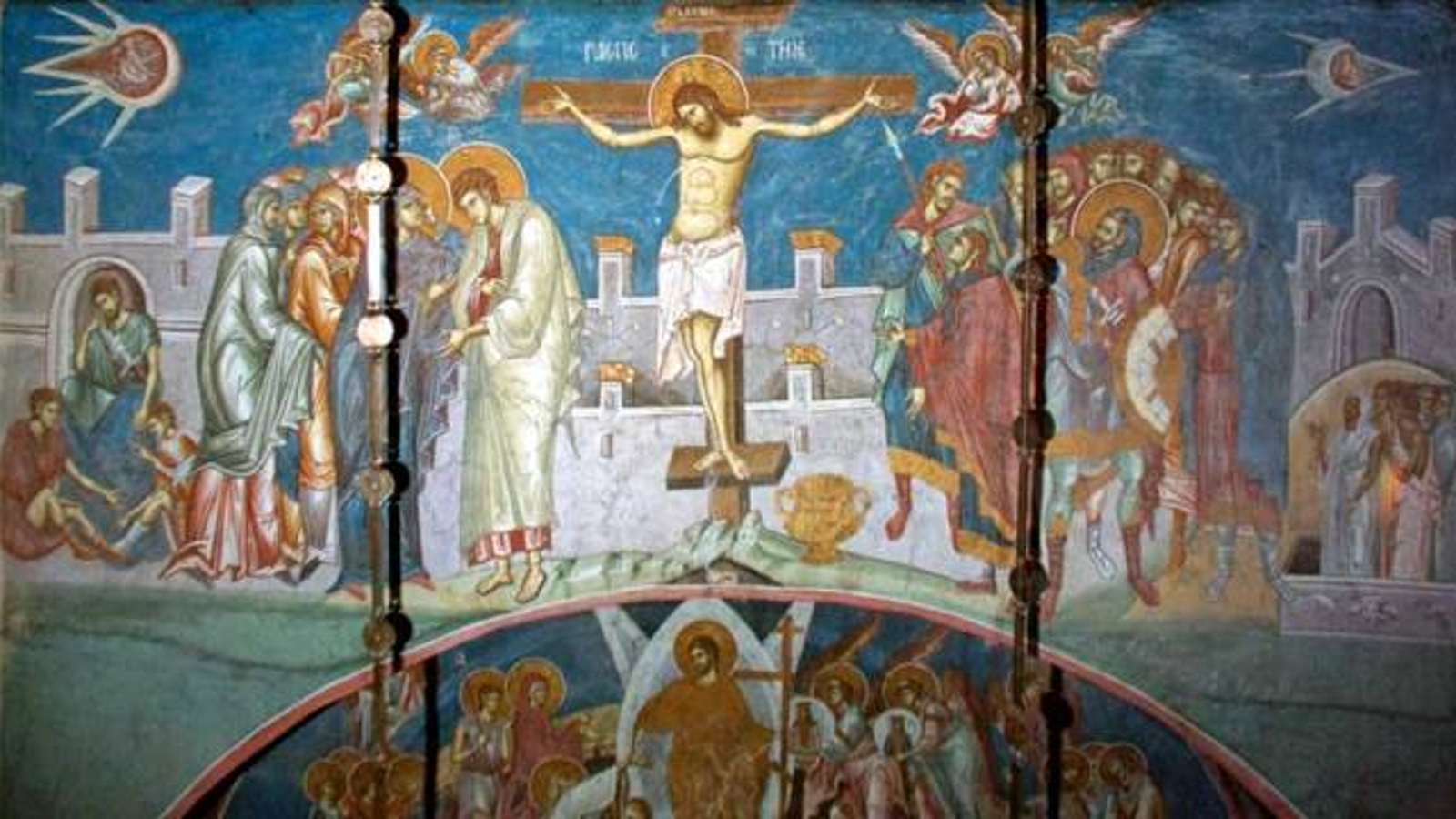

This resource presents medieval art in the Museum’s collection from Western Europe and Byzantium and provides strategies for teaching art of the Middle Ages.

Its masterpiece withstood the test of time.Medieval Art: A Resource for Educators (2005) Medieval art had a crucial impact on the modern world. It is one of the few surviving treasured bindings from the period. It was produced for the Roman Emperor Charles II, richly decorated with gold littering and highly colorful illustrations.
/ldvpg_01-56a038ff5f9b58eba4af6771.jpg)
It includes the ribbed vault (formed by two arches), the buttresses, the pointed arch, and the liberation of walls, which allowed the positioning of stained glass. Gothic architecture: High structures with different symbolic meanings were built, among which the cathedral stood out.It was well known by its walls, the only purpose of its buildings was offering to the sacred, which is why they were called “God’s fortresses.” It included semicircles in arches, stones, the incorporation of towers and walls very thick and with few openings. To avoid their destruction and deterioration over time, serving as an evolution solves this realization’s problems. Romanesque architecture: It became more glaring with the construction of temples, churches, etc.The main element would be to worship God, thus obtaining his grace. Medieval art attained its peak between the 11th and 12th centuries. The development throughout these ten centuries yielded a heterogeneous range of artistic styles and periods, including the early Christian and Byzantine, Romanesque, and Viking. The things produced during this era came up from the artistic legacy of the Roman Empire and the iconographic style of the early Christian church. Medieval art, which includes different varieties of art and architecture, refers to a period otherwise known as the Middle Age, which traversed from the fall of the Roman Empire to the early stages of the Renaissance in the 14th century.


 0 kommentar(er)
0 kommentar(er)
